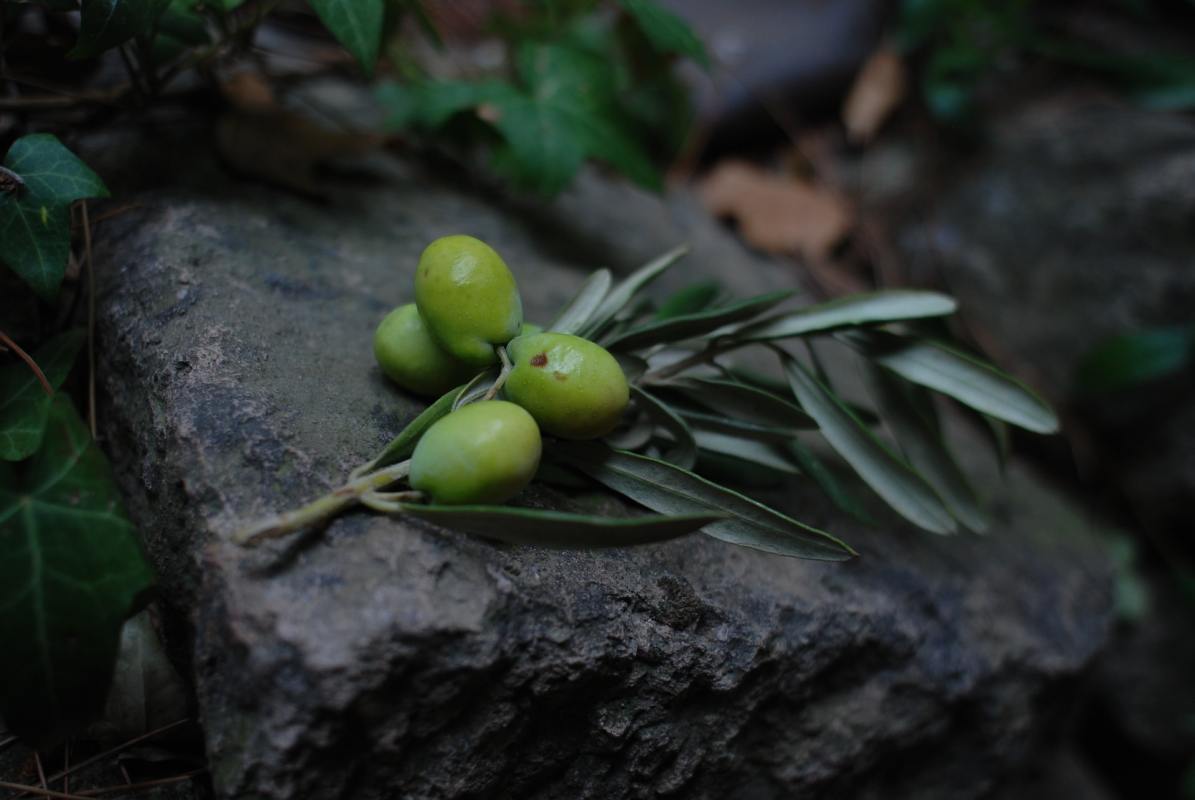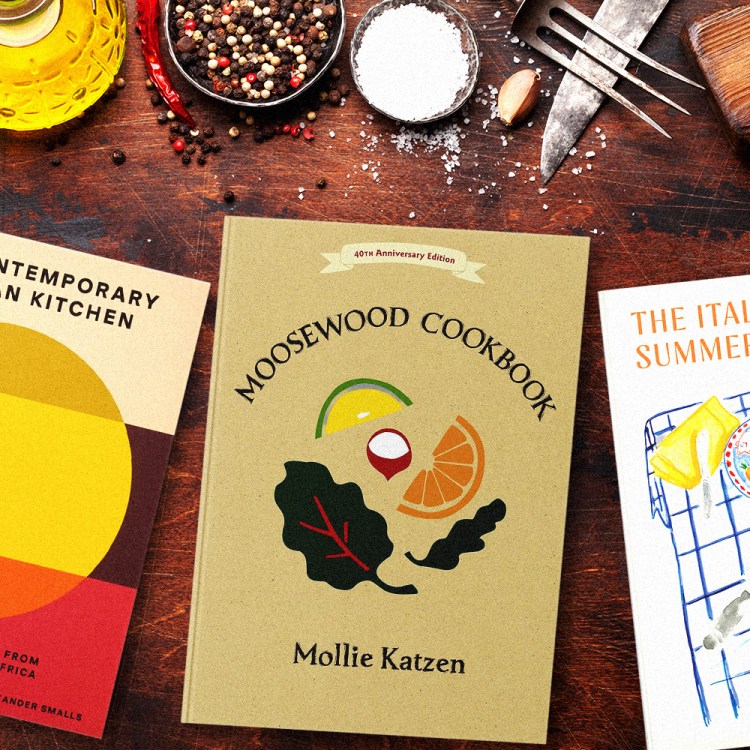Olive oil holds a rarefied spot in the food world — rich-tasting yet healthy, and able to be used in a wide variety of dishes and cuisines. It’s also something with plenty of history on its side — which is to say that people have been making use of olive oil for, literally, thousands of years. And if you’re looking for evidence of that, you can find it on wall paintings dating back to ancient Egypt, which illustrate the techniques used to make said oil many years ago.
But why stop there? If beer can be brewed according to an ancient Egyptian recipe, why not take a similar approach to olive oil? That’s what Emlyn Dodd, the Assistant Director of Archaeology for the British School at Rome, documented in a recent article for The Conversation.
Dodd writes that “[l]arge proportions of Greek, Roman and presumably Phoenician agricultural texts are devoted to the production of oil” — and set out to try some of those methods out in the present day. Among them was the torsion method, which was documented between 4,500 and 4,600 years ago.
Making olive oil using this method is relatively simple. First, crush olives and place them inside a permeable bag. The next step, Dodd writes, involves “inserting sticks at either end of the bag before twisting them in opposite directions.” Dodd tried a number of different approaches with this, and observed that “anchoring one end and twisting the other” gave the best results. Not all of the resulting liquid separated, but those that did resulted in “a delicious olive oil.” Not a bad result from a recipe dating back to the days when pharaohs walked the earth.
Join America's Fastest Growing Spirits Newsletter THE SPILL. Unlock all the reviews, recipes and revelry — and get 15% off award-winning La Tierra de Acre Mezcal.


















